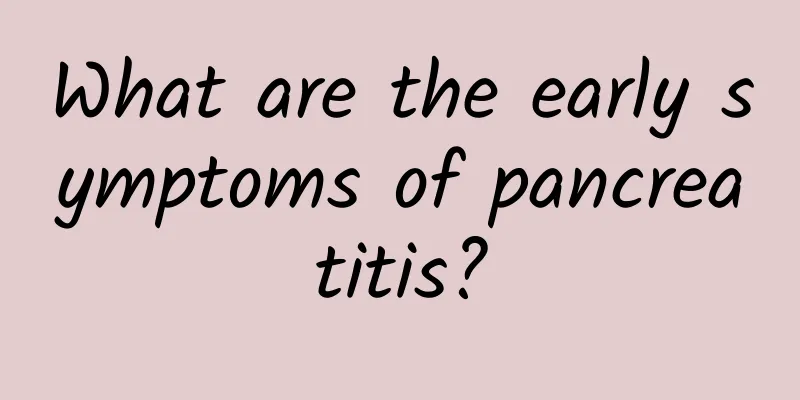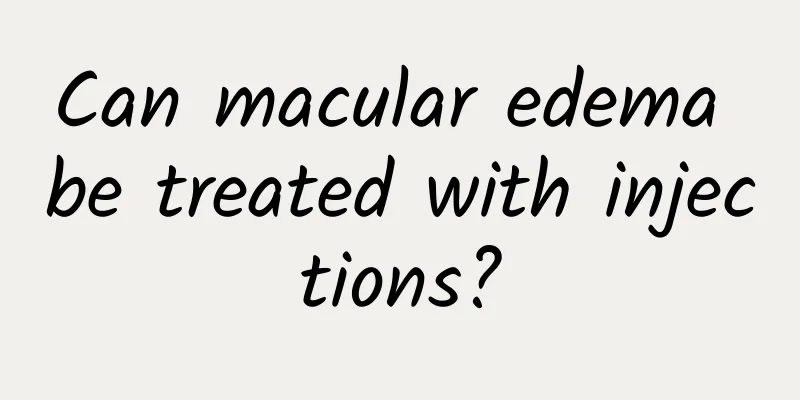How is Henoch-Schonlein Purpura Nephritis Treated?

|
Henoch-Schonlein purpura nephritis is a disease that many friends have not heard of. Henoch-Schonlein purpura nephritis is actually a disease caused by a series of pathological symptoms such as Guo Mingxing's purpura, which eventually leads to kidney damage. There must be targeted treatment for Henoch-Schonlein purpura nephritis. 1. Treatment principles Actively control immune inflammatory responses, inhibit glomerular mesangial proliferative lesions, and prevent and delay the formation of chronic renal fibrosis. 2. General treatment Pay attention to rest and maintain water and electrolyte balance. Patients with edema and heavy proteinuria should be given a low-salt diet, limit water intake, and avoid high-protein foods. Prevent upper respiratory tract infections, clear chronic infection lesions, find allergens, and avoid re-contact. 3. Medication (1) Isolated hematuria or pathological grade I Henoch-Schönlein purpura should only be treated accordingly. Changes in the condition should be closely monitored, and follow-up for at least 3 to 5 years is recommended. (2) Isolated proteinuria, hematuria and proteinuria or pathological grade IIa Angiotensin converting enzyme inhibitors (ACEI) and/or angiotensin receptor blockers (ARB) drugs have the effect of reducing proteinuria, such as tripterygium wilfordii glycosides. But be aware of its side effects. (3) Non-nephrotic proteinuria or pathological grade IIb or IIIa can be treated with tripterygium wilfordii polyglycosides or hormones combined with immunosuppressants, such as hormones combined with cyclophosphamide, combined with cyclosporine A or tacrolimus. (4) Nephrotic syndrome or pathological grade IIIb or IV Both clinical symptoms and pathological damage are severe, and the current treatment method is to use hormones combined with immunosuppressants, among which the most effective treatment is glucocorticoids combined with cyclophosphamide (CTX). If the clinical symptoms are severe, the pathology is diffuse or accompanied by crescent formation, methylprednisolone pulse therapy can be used. (5) Rapidly progressive nephritis or pathological grade IV or V If the symptoms are severe and the disease progresses rapidly, triple to quadruple therapy is often used. The commonly used regimen is: 1 to 2 courses of methylprednisolone pulse therapy, followed by oral prednisone + cyclophosphamide (or other immunosuppressants) + heparin + dipyridamole treatment. 4. Plasma exchange Clinical manifestations of Henoch-Schonlein purpura nephritis are rapidly progressive nephritis, and renal biopsy shows a large number of crescent formations (>50%). Active treatment measures such as plasma exchange should be taken. It can reduce kidney damage and slow down the progression of renal failure. |
<<: Can lupus nephritis be cured?
>>: Learn more about what to eat for myelofibrosis
Recommend
Why do I want to sleep after taking Chinese medicine?
People grow up eating grains and cereals, and som...
What to do if your eyes are tired for a long time
For people who often work in front of a computer,...
What is the fastest cure for tinea pedis? Chinese medicine prescriptions for treating serious diseases
Tinea pedis is an extremely common skin disease. ...
TCM treatment of lung cancer
Most people are familiar with lung cancer because...
What are the early symptoms of myocarditis?
What are the early symptoms of myocarditis? We kn...
What are the symptoms of rice flour allergy
Rice noodles are a relatively common food and the...
Why do you get Sjögren's syndrome?
Sjögren's syndrome is a relatively rare autoi...
What are the symptoms and dangers of babies getting angry?
Babies have a different physique from adults. The...
How effective is traditional Chinese medicine in treating mycoplasma infection?
Mycoplasma infection is quite troublesome because...
What medicine to take for breast cysts
Breast cysts should be treated promptly and check...
What are the early symptoms of cerebral edema?
Cerebral edema is an increasingly common disease,...
How to relieve itching caused by yam allergy? Causes of yam allergy
As the saying goes, there are ten thousand differ...
What is better to eat if baby’s urine is yellow? What food is good for babies?
Urine is a product of human metabolism. Generally...
Symptoms of athlete's foot
Tinea pedis, also known as athlete's foot, is...
What is a scarred uterus?
The female uterus is the place where babies are c...









